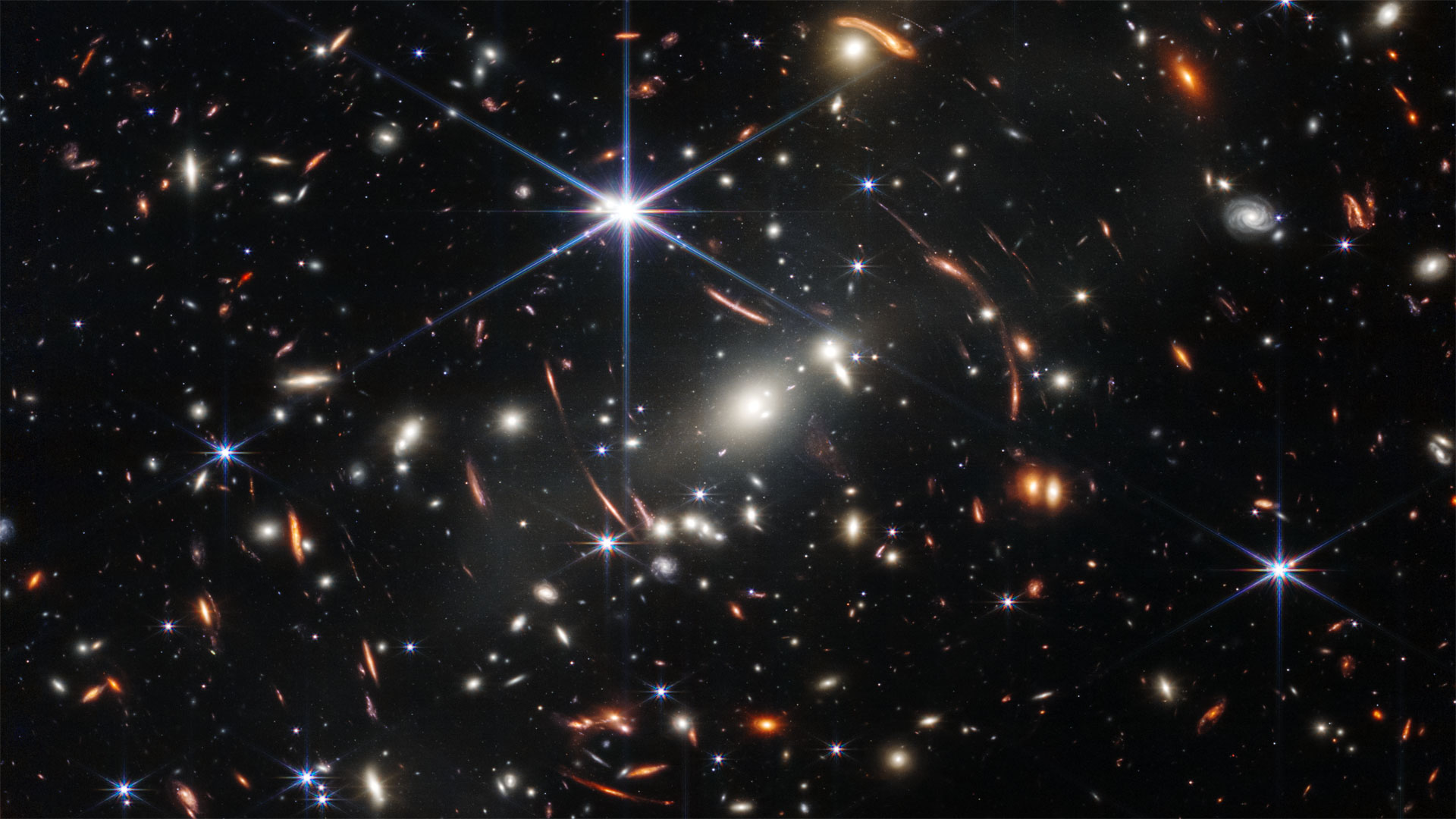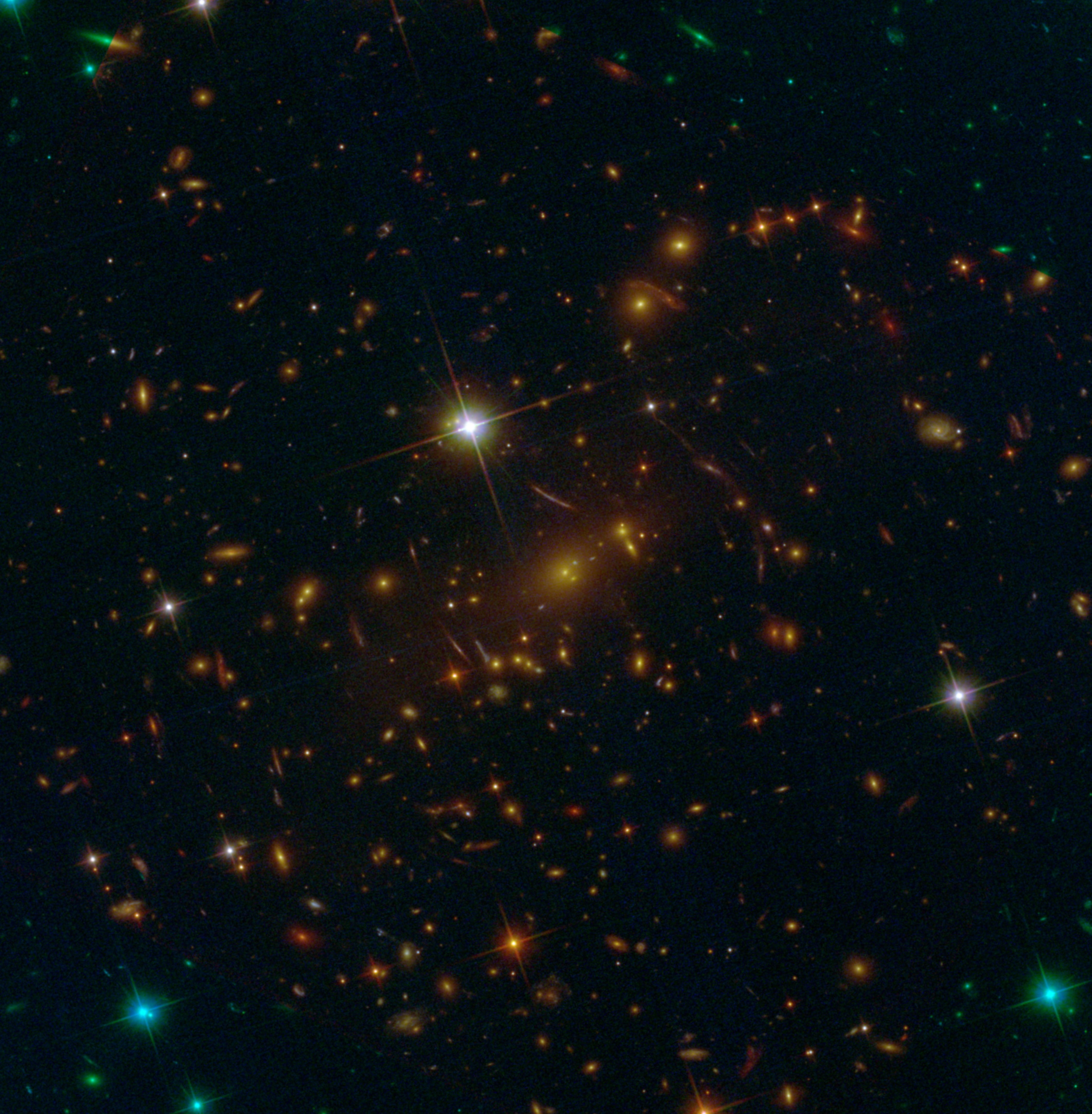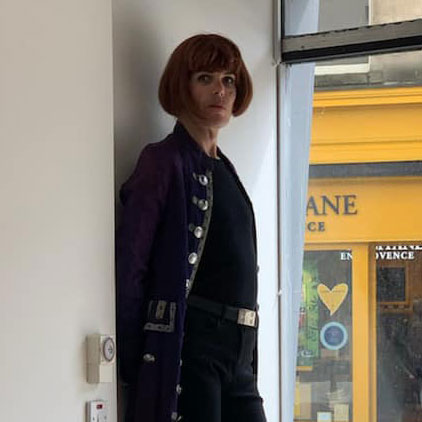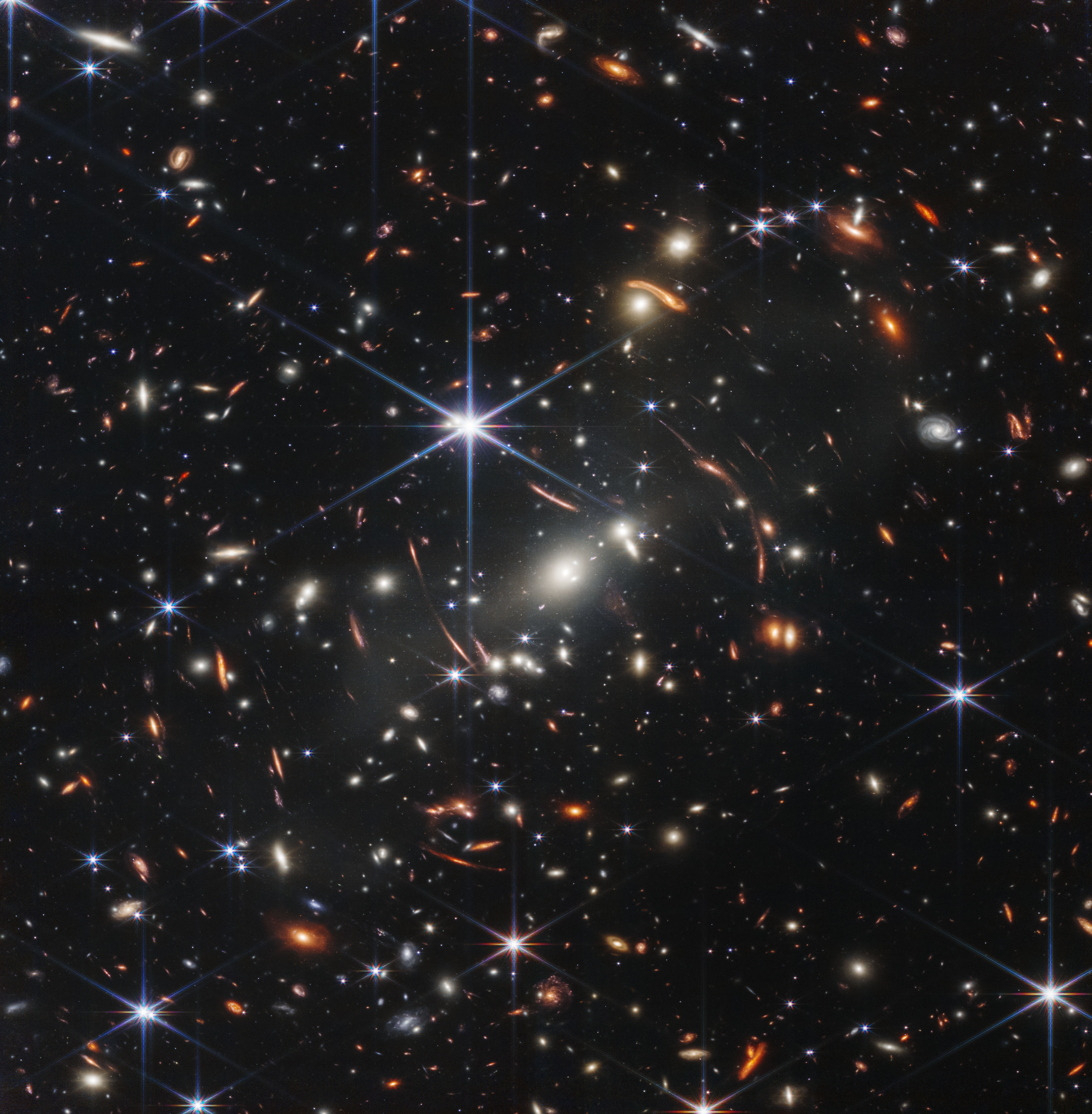NASA's first Webb Telescope shot puts everything into perspective
First photo from the new space telescope reveals a tiny patch of sky in magnificent detail.

The world doesn't seem like it's in a great place right now and if, like me, you're occasionally feeling that it's all a bit much and you're in need of a little something to help put things into perspective, here's something that might help.
It's the first colour photo from the James Webb Space Telescope, entitled Webb's First Deep Field, released by NASA yesterday. It's an image of the SMACS 0723 galaxy cluster, showing an infinitesimally tiny patch of the night sky in astonishing detail, way beyond anything that even the best camera on earth could shoot. Here, take a closer look:
Every little patch of light is a distant galaxy like our own Milky Way. There are thousands of them in this image alone, most of them tiny dots, and many visible in more detail. That's a whole lot of space you're seeing there, and the really staggering thing is just how tiny this area of the universe would be from our own perspective: NASA explains that this view covers a piece of the sky approximately the size of a grain of sand, held at arm's length by a person on the ground. Feel free to conjure up your own mental GIF of Keanu Reeves saying, "Whoa."
This deep field image was taken by Webb's Near-Infrared camera, and it's a composite made from an assortment of images at different wavelengths that took 12.5 hours to shoot. And brilliantly, the Hubble Space Telescope once took its own shot of SMACS 0723 years back, which took weeks to assemble and shows considerably less detail. Here it is:

And naturally folk have been quick to put the two of them together for a comparison; my favourite example this morning has been this one from Danny Wolf.
I threw together a page to let you compare JWST's first "real" image to the same spot captured by Hubble: https://t.co/mLjNO0vW58(Hubble, of course, on the left) #JWST pic.twitter.com/fnnNBlseBGJuly 12, 2022
Not feeling that sense of cosmic perspective yet? How about this: the SMACS 0723 galaxy cluster is 4.6 billion light years away, so what you're actually seeing is a snapshot of a tiny portion of the universe as it was when our sun was forming. And by the time today's light from our minuscule section of the universe reaches SMACS 0723, the sun's going to be on its last legs, and the earth will most likely be long gone.
Makes you think, right? And there's more to come; NASA will be releasing even more images from Webb later today, from 10.30 a.m. EDT; find out how to watch the broadcast here. And if you want to gaze at this first Webb image in all the detail, you can download full-resolution, uncompressed versions over at the Webb Telescope site.
Daily design news, reviews, how-tos and more, as picked by the editors.
Read more:
- The best low-light cameras in 2022
- NASA logo: the meatball vs the worm
- Lego's collaboration with NASA is out of this world

Jim McCauley is a writer, performer and cat-wrangler who started writing professionally way back in 1995 on PC Format magazine, and has been covering technology-related subjects ever since, whether it's hardware, software or videogames. A chance call in 2005 led to Jim taking charge of Computer Arts' website and developing an interest in the world of graphic design, and eventually led to a move over to the freshly-launched Creative Bloq in 2012. Jim now works as a freelance writer for sites including Creative Bloq, T3 and PetsRadar, specialising in design, technology, wellness and cats, while doing the occasional pantomime and street performance in Bath and designing posters for a local drama group on the side.

